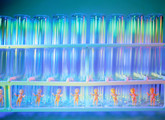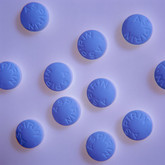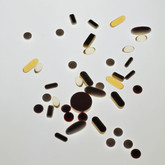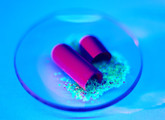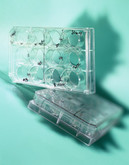Biosimilars
The biosimilars challenge
What are the challenges facing biosimilars? This was the question broached in a paper by Professor Håkan Mellstedt of the Department of Oncology, at the Karolinska University Hospital Solna, Stockholm, Sweden.
Challenges in the development of biosimilars mAbs
What are the challenges facing development of biosimilar monoclonal antibodies (mAbs) in Europe? This was the question broached in a paper by Dr Christian Schneider – Chairman of both the Committee for Advanced Therapies and Biosimilar Medicinal Products Working Party and Co-opted member of the Committee for Medicinal Products for Human Use.
Development of biosimilars mAbs
Is the development of biosimilar monoclonal antibodies (mAbs) possible in Europe? This was the question broached in a paper by Dr Christian Schneider – Chairman of both the Committee for Advanced Therapies and Biosimilar Medicinal Products Working Party and Co-opted member of the Committee for Medicinal Products for Human Use.
Cipla enters the biosimilars market
India-based generics’ manufacturer Cipla is paying US$65 million to buy a significant minority stake in two Asian biotech companies with plans to develop a range of discounted biosimilars, generic substitutable versions of branded biologic drugs. Cipla's Chairman says he specifically wants to create follow-on therapies to three of Roche's top biologics – Avastin, Enbrel and Herceptin – that account annually for US$19 billion in sales.
Hospira’s biosimilar filgrastim product Nivestim approved
On 10 June 2010, Hospira received approval from the European Commission for its biosimilar filgrastim product, Nivestim, for the prevention of febrile neutropenia and reduction in duration of chemotherapy-induced neutropenia.
Phase III study of a new biosimilar filgrastim product (Zarzio) published
A biosimilar recombinant human granulocyte colony-stimulating factor (filgrastim) (rhG-CSF), Zarzio (Sandoz GmbH), was evaluated in healthy volunteers in four phase I studies and in neutropenic patients in a phase III study.
Phase I studies of a new biosimilar filgrastim product (Zarzio) published
Zarzio (Sandoz GmbH), a biosimilar recombinant human granulocyte colony-stimulating factor (filgrastim), was evaluated in healthy volunteers in four phase I studies and in neutropenic patients in a phase III study.
Development of a new biosimilar filgrastim product (Zarzio)
Filgrastim, a growth factor, is used to aid the recovery of bone marrow after chemotherapy treatment for cancer, especially in patients with neutropenia (low white blood cell count in the blood), causing reduced host defence.
Include health economics in development of biosimilars
The early inclusion of health economics in the process of developing biopharmaceuticals and biosimilars is imperative with a view to demonstrating their relative (cost) effectiveness and informing registration, pricing and reimbursement decisions, writes Professor Steven Simoens of the Katholieke Universiteit Leuven, Belgium, in the Journal of Medical Economics in 2009.
In the article he discusses health economic challenges of research and development, registration, pricing and reimbursement of biopharmaceuticals and biosimilars. Professor Simoens identified relevant studies by searching PubMed, Centre for Reviews and Dissemination databases (Database of Abstracts of Reviews of Effects, National Health Service Economic Evaluation Database, and Health Technology Assessments Database), Cochrane Database of Systematic Reviews and EconLit up to March 2009. Additionally, the bibliography of included studies was checked for other relevant studies.
Health Canada issues finalised guidance on biosimilars
Health Canada has released the finalised version of its Guidance Document on the approval of Subsequent Entry Biologics (SEBs), which is effective as of 5 March 2010.

